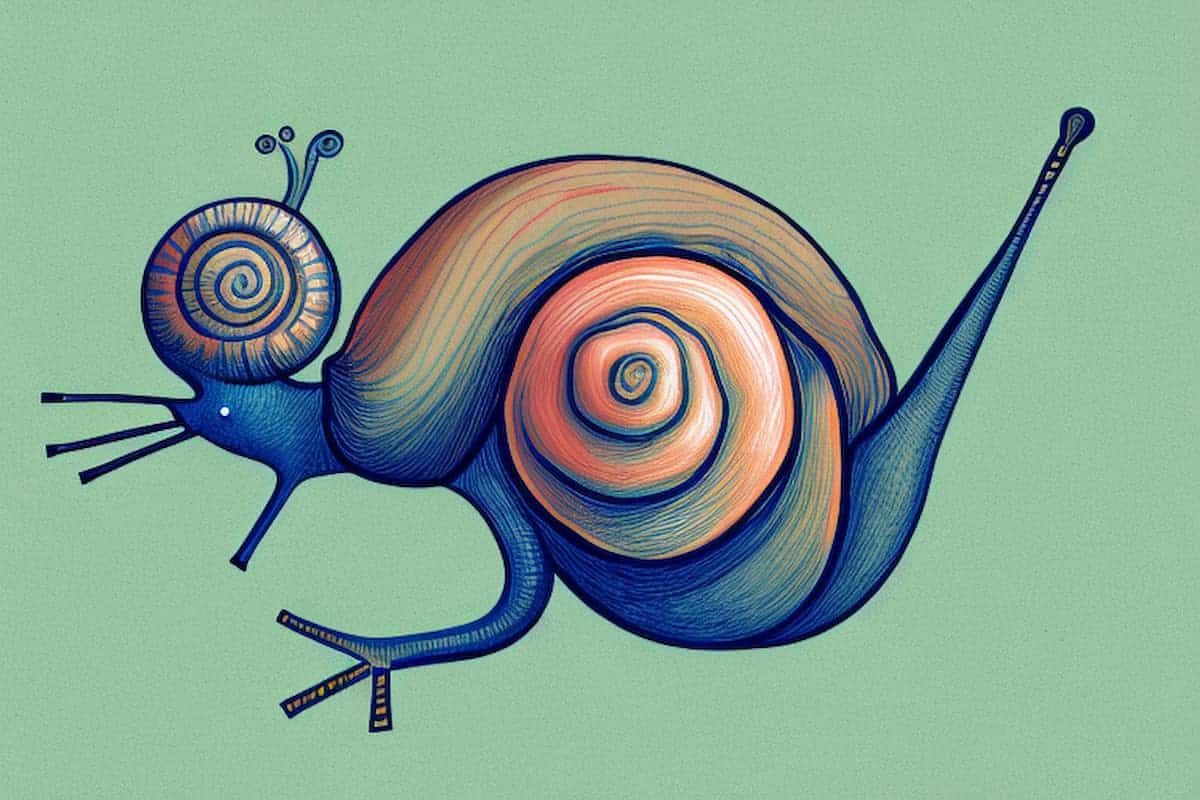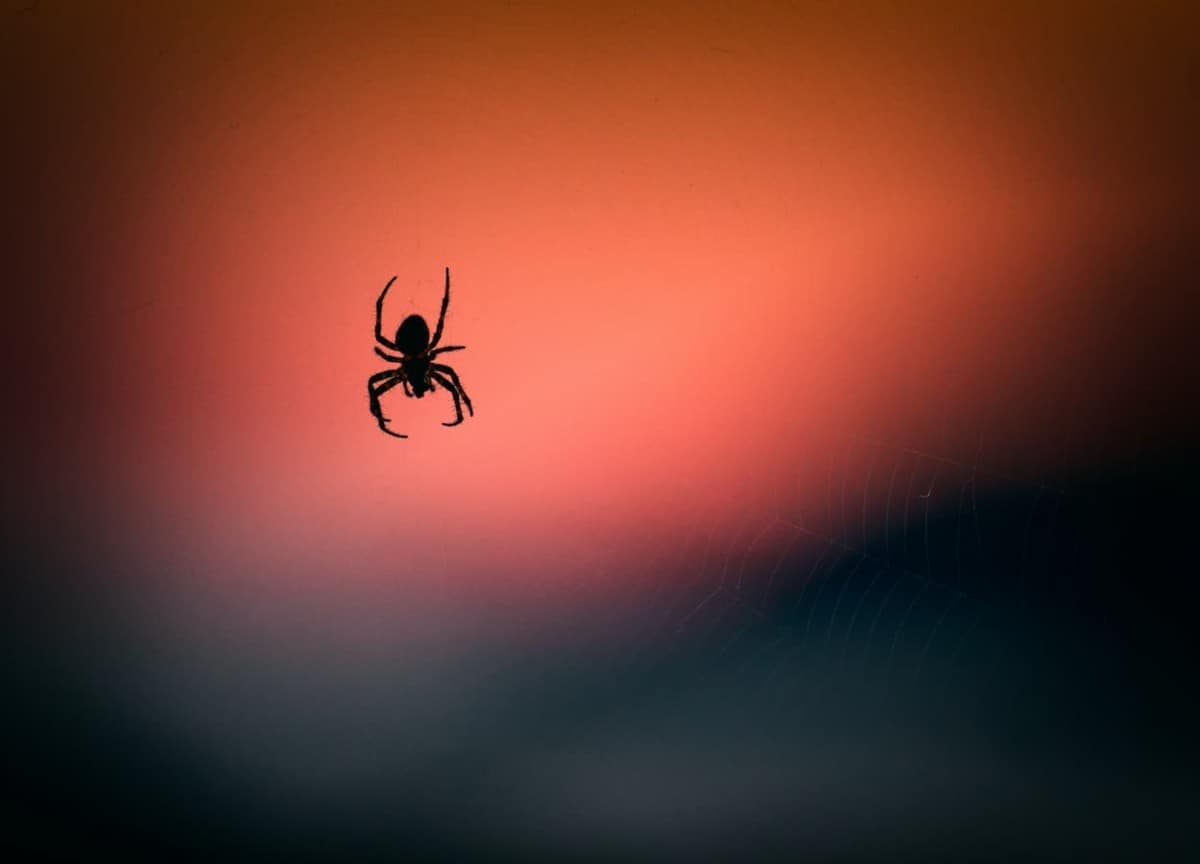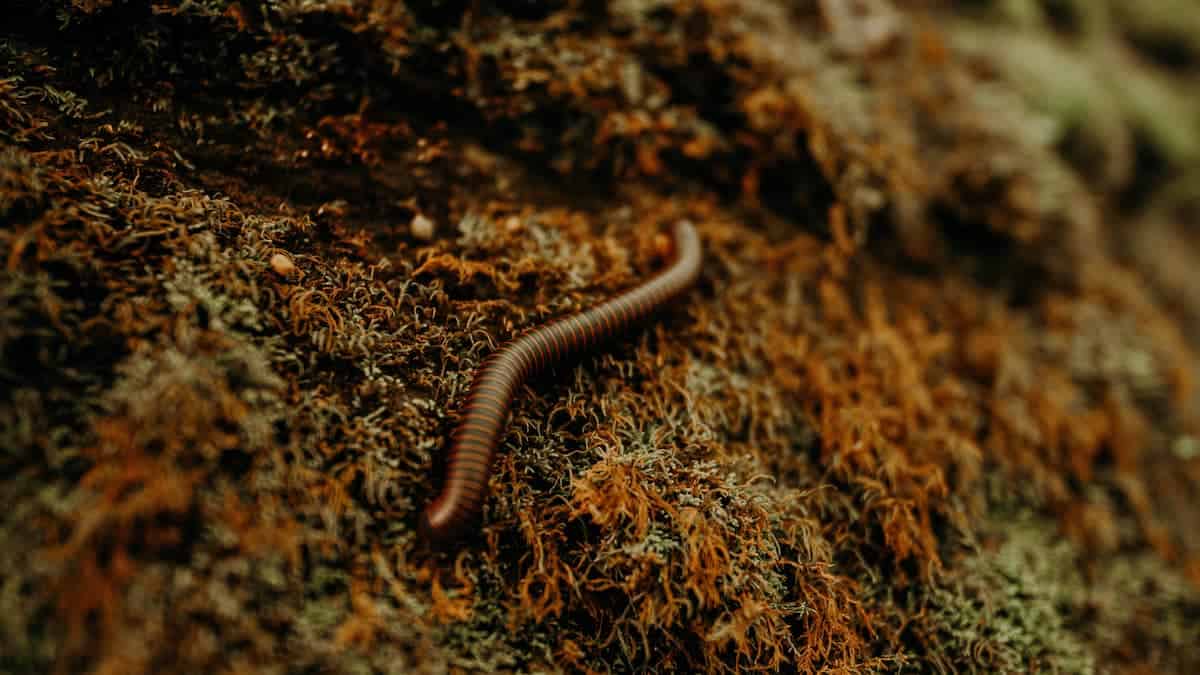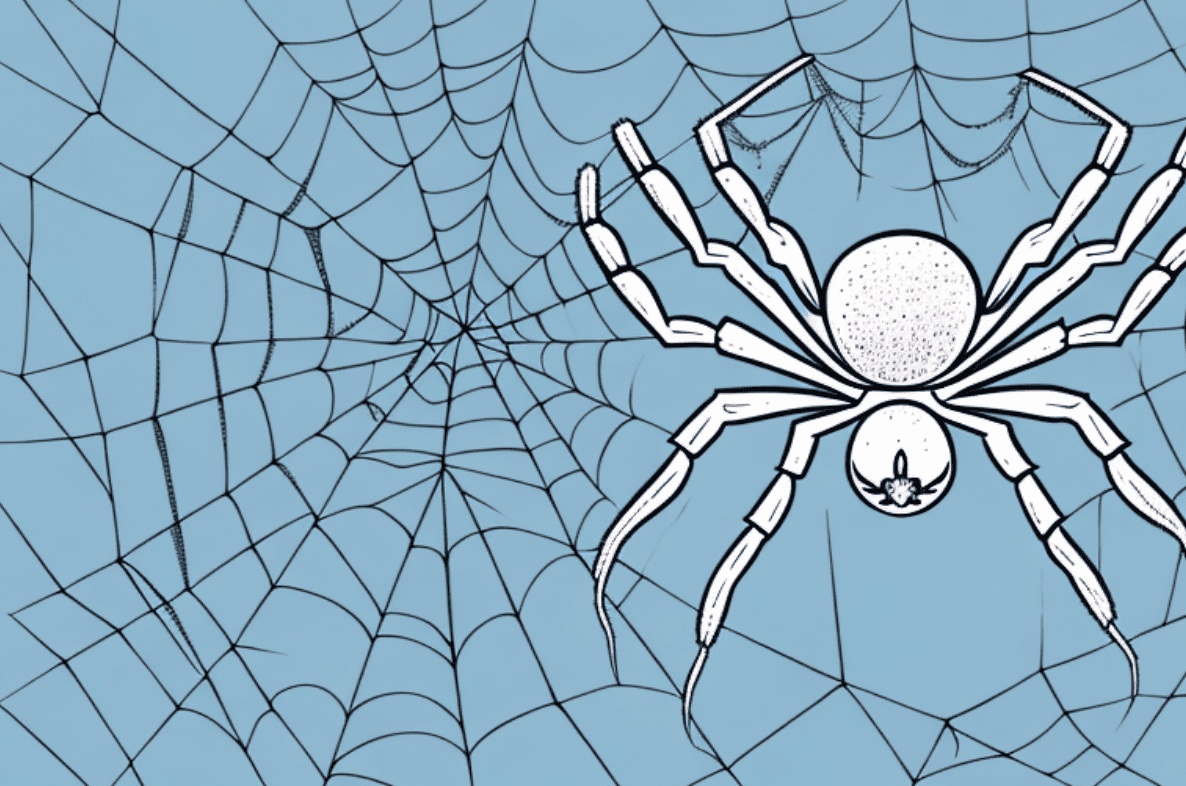Snails are an intriguing species, and one aspect of their lives that is often questioned is their sleep. It turns out that snails do in fact sleep, but there are some differences in their sleeping habits compared to other animals. In this article, we will be exploring exactly how snails sleep, and the effect that their environment has on their sleeping patterns.
What We Know About Snail Sleep
It is generally accepted within the scientific community that snails do indeed sleep. Research has shown that snails can regulate their sleeping patterns in a similar way to other more well-known animals. For example, snails often enter a prolonged period of inactivity during the night, when there is less light. During these periods, snails will restrict their movements and enter a state of rest. This is similar to what other animals, such as cats and dogs, do when they sleep.
In addition to regulating their sleeping patterns, snails also have the ability to enter a state of hibernation. During hibernation, snails will slow down their metabolism and become inactive for extended periods of time. This is a way for snails to conserve energy and survive in harsh environments. It is also believed that snails may use hibernation as a way to avoid predators or unfavorable weather conditions.
How Much Sleep Do Snails Need?
The exact amount of sleep snails need is somewhat unclear. Snails don’t appear to adhere to a regularised sleeping pattern like humans, and in fact their sleeping habits can vary quite drastically between species. Some may sleep for a few hours a day, while others may sleep for days at a time. There also appears to be little correlation between the environment and the amount of sleep a snail needs. This suggests that the amount of rest a snail needs to remain healthy is unique to each individual creature.
It is important to note that snails are nocturnal creatures, meaning they are most active at night. This means that they may be more likely to sleep during the day, when the environment is quieter and less stimulating. Additionally, snails may also be more likely to sleep when they are feeling stressed or overwhelmed, as this can help them to restore their energy levels and cope with the situation.
Do Snails Dream?
It is not known if snails dream while they sleep, although it seems unlikely. All animals require some form of rest in order to remain healthy, which could explain why snails enter into this period of inactivity during the night. The extent of mental activity during this period is unknown, however, so it is unclear whether or not snails experience dreams.
It is possible that snails may experience some form of dreaming, as they have been observed to twitch and move during their sleep. This could be a sign of REM sleep, which is associated with dreaming in humans. However, without further research, it is impossible to know for sure if snails dream or not.
What Are the Signs of Sleep Inactivity in Snails?
The signs of sleep inactivity in snails can be fairly subtle. During sleep, snails will generally reduce their movements significantly, often restricting the amount of time spent outside of their shells. They may also close the two halves of their shells completely and remain completely still, or they may simply withdraw inside their shells but remain aware of their surroundings. Generally speaking, these behaviours are all signs that a snail is either sleeping or slowing entering a state of rest.
In addition to the behaviours mentioned above, snails may also exhibit a decrease in their metabolic rate during sleep. This can be observed by a decrease in the amount of slime they produce, as well as a decrease in the amount of time they spend eating. Snails may also become less responsive to external stimuli, such as light or sound, when they are in a state of sleep inactivity.
How Do Snails Cope With Lack of Sleep?
Snails do not appear to suffer from any significant consequences due to a lack of sleep. Due to the variety of resting behaviours they engage in, snails often receive enough rest and downtime during the day in order to remain healthy. That being said, some snails may require more rest than others, so it is important to monitor your snail to ensure they are getting enough rest.
The Relationship Between Temperature and Snail Sleep
Temperature can have an effect on the amount of rest a snail receives. Those kept in low temperature environments generally require less rest than those kept in warmer environments, as the air is less dense and the temperature difference is less extreme. This can cause a snail to have increased difficulty when entering a state of rest, as the colder environment may impact their metabolic rate.
The Impact of Light and Darkness on Snail Sleep Patterns
Light and darkness affects the amount of sleep a snail receives in two key ways. Firstly, the presence of light can cause snails to become more active, thus reducing the amount of time spent sleeping. Secondly, light has an effect on behavioural patterns, as during the night snails will tend to enter into a state of rest much quicker than during the afternoon when there is more light present.
Examining the Effects of Stress on Snail Sleep
The effects of stress on snails can have an effect on their sleeping patterns. Stress can cause an increase in a snail’s movements, thus reducing the amount of time spent sleeping or resting. Stress can also affect a snail’s cognitive abilities, which may further reduce the amount of time they spend sleeping or resting. It is therefore important to ensure that a snail’s environment is kept stress-free in order to prevent them from becoming too active at night.
Conclusion: Is Sleeping an Essential Part of a Snail’s Life?
It is clear that sleeping is an essential part of a snail’s life. Despite their seemingly slow movements, snails require a significant amount of rest in order to remain healthy, and it is important for those looking after them to ensure they get enough rest. Through careful monitoring of your snail’s behaviour and environment, you can ensure your pet has enough rest and can remain healthy for many years to come.





